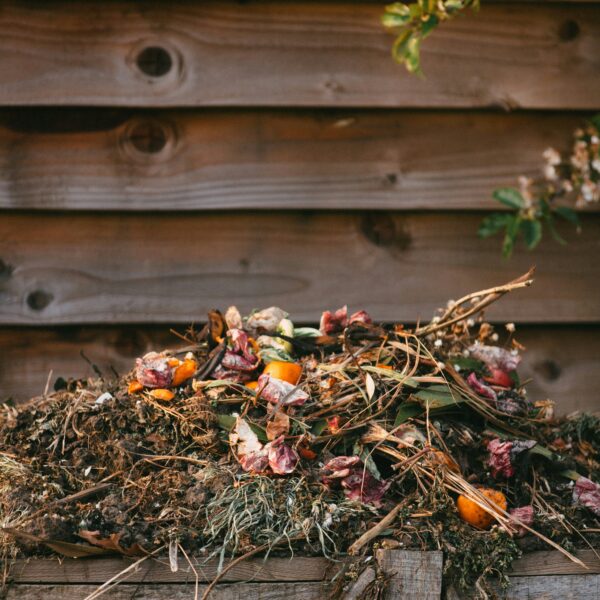How VermisTerra Compares to No Till, JADAM, Bokashi, and Regenerative Methods

Today, there are many popular natural and regenerative growing practices, such as JADAM, Bokashi composting, no-till gardening, regenerative agriculture, and biodynamic farming. Each of these methods helps restore soil health and reduce chemical inputs — but they often take years to show full results, require specialized knowledge, or can be labor-intensive.
VermisTerra works hand-in-hand with these approaches, offering a faster, more efficient way to bring tired soil back to life. Our living worm products introduce beneficial microbes and organic acids directly into the soil, jumpstarting the same natural cycles these systems depend on.
The result? You can achieve the benefits of regenerative farming in a single season, instead of waiting five to ten years for nature to rebuild on its own — all while supporting a sustainable, closed-loop system for the future.
Here’s how long it typically takes for soil health improvements to appear when using JADAM, Bokashi, no-till, regenerative, and biodynamic practices — these timelines take much more time than using VermisTerra products.
Timeframes for Building Healthy Soil
| Method | Typical Timeline to See Noticeable Soil Improvement | Why It Takes This Long |
| No-Till Gardening | 2–5 years for structure improvement and microbial diversity, up to 5–10 years for fully restored ecosystems | Soil layers need time to rebuild naturally. Reduced disturbance helps, but recovery is gradual, especially if starting from depleted or compacted soil. |
| Regenerative Agriculture (cover crops, crop rotation, compost, no-till combined) | 3–5 years for visible fertility gains, up to 7–10 years for deep carbon cycling and nutrient balance | Requires multiple cycles of plants and microbes working together to rebuild organic matter and stable humus. |
| Biodynamic Farming | 2–6 years for full system benefits | Biodynamic preps stimulate soil biology, but results depend on consistent application and long-term ecological balance. |
| Bokashi Composting | Months for compost to mature and feed plants, but years to improve deep soil structure and microbial networks | Bokashi creates a fast-acting soil amendment, but only works where it’s applied. Deep soil layers need repeated additions over time. |
| JADAM Natural Farming | 1–3 years to see noticeable balance and pest resistance | Homemade microbial solutions improve surface soil quickly, but depth and stability take longer without tilling or additional inputs. |
| VermisTerra Tea & Castings | One season (weeks to months) for visible plant health changes, 1–2 years for deep, lasting soil transformation | Highly concentrated beneficial microbes and organic acids jumpstart the natural cycle, accelerating what other systems do slowly. |
Key Facts About Timelines
1. No-Till & Regenerative Systems
- A study by the Rodale Institute found that switching from conventional tillage to no-till takes at least 3–5 years before soil begins to stabilize.
- Organic matter, earthworms, and fungi need several seasons of cover cropping and rest to fully rebuild.
- Without added biology, it’s like waiting for nature to slowly fix itself.
2. Biodynamic Farming
- Uses specialized herbal and mineral “preparations” to guide soil energy and health.
- Improvements to crop flavor and resilience are often seen in 2–3 years, but deep soil changes like carbon sequestration require 5+ years of consistent practice.
3. Bokashi Composting
- Bokashi speeds up composting, not full soil regeneration.
- It creates an excellent top layer amendment in weeks or months, but deeper soil layers still need years of repeated applications to change.
4. JADAM Natural Farming
- Because it’s already fully fermented and biologically active, VermisTerra doesn’t rely on slow in-soil processes to multiply microbes.
- Growers often report visible plant improvements within 2–6 weeks, and measurable soil changes like better tilth and root depth by the end of the first season.
- In 1–2 years of consistent use, fields can reach similar biological balance to 5–10 years of no-till or regenerative-only practices.
Summary
- Traditional natural methods work beautifully, but they require time and consistency.
- Most take 3–10 years to fully rebuild degraded soils because they depend on plants and microbes slowly multiplying on their own.
- VermisTerra accelerates this process by adding a concentrated dose of the biology and organic acids nature needs, giving you a head start of several years.
Think of it this way:
Regenerative and no-till methods are like slowly saving up nutrients and microbes over time,
while VermisTerra is like getting an infusion of living wealth upfront, so your soil system starts strong from day one.
